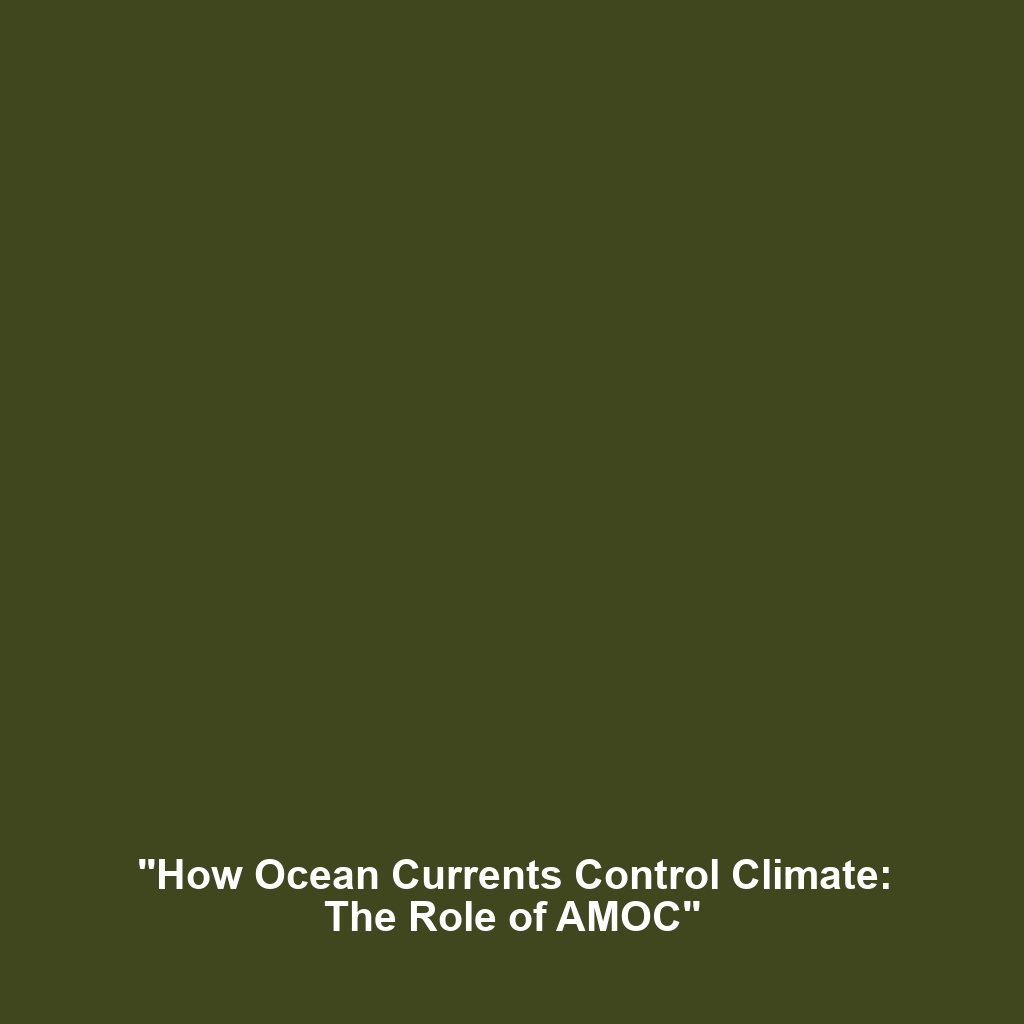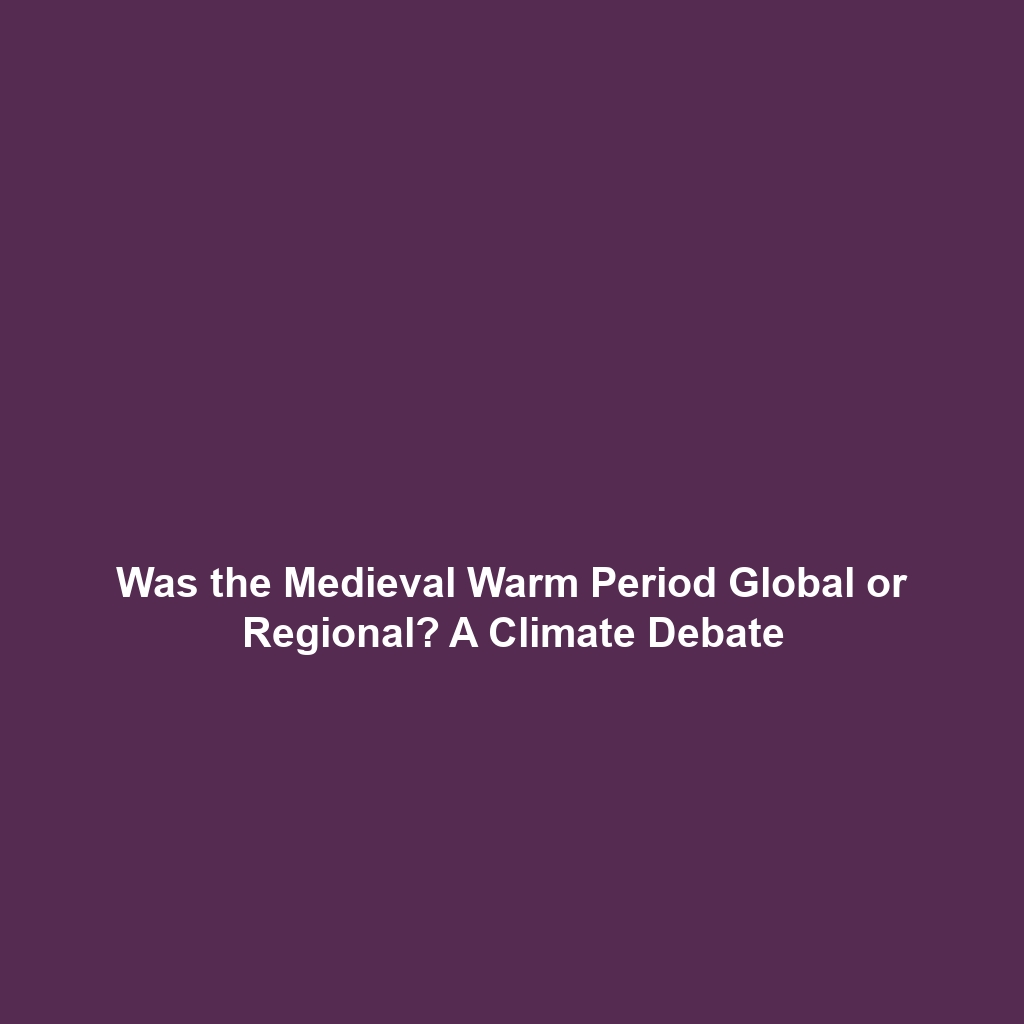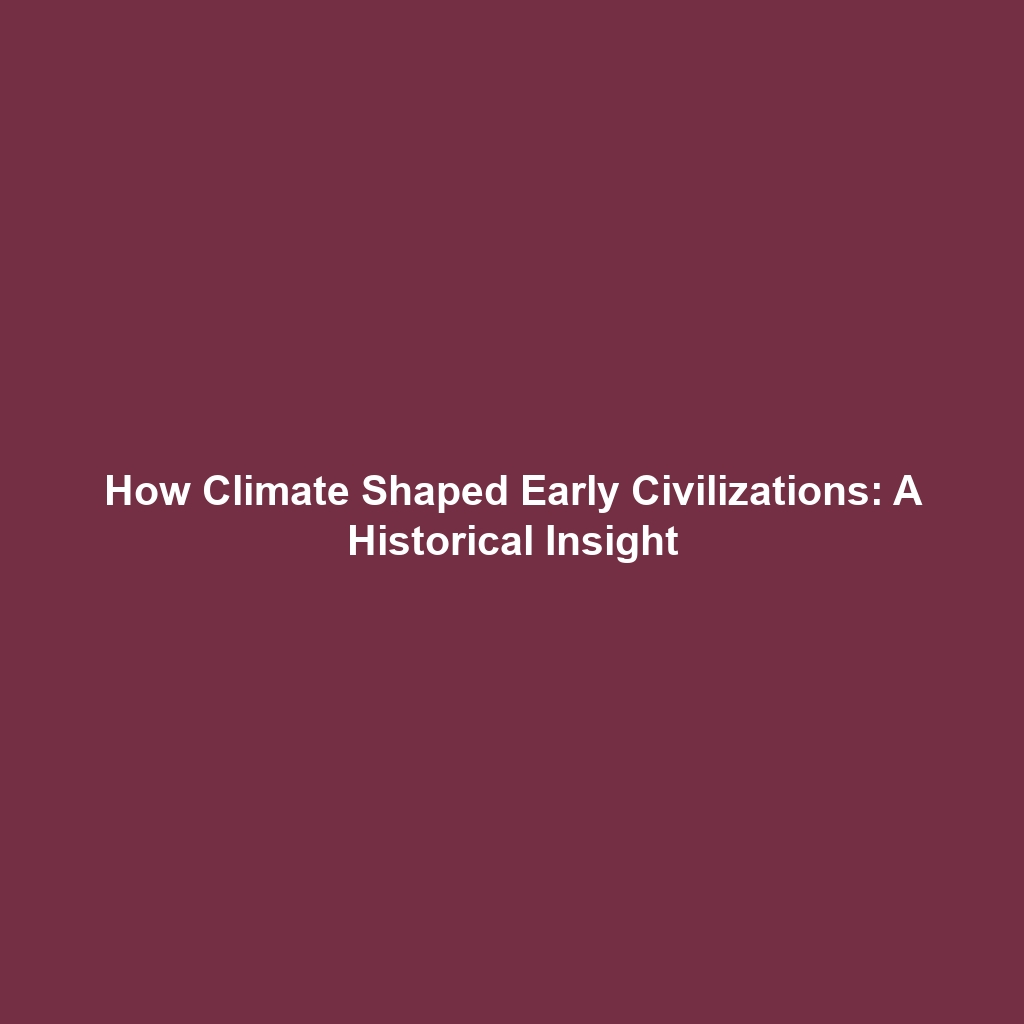Early Ancestors: Plesiadapiforms
The study of human evolution is a dynamic field that continually uncovers the fascinating lineage of our species. Among the earliest ancestors believed to be pivotal in this evolutionary journey are the Plesiadapiforms. Widely recognized as some of the first primate-like mammals, Plesiadapiforms offer crucial insights into the origins of primates and their subsequent evolution. By examining these ancient mammals, researchers can better understand the transition from early mammals to modern primates, thereby illuminating significant aspects of human evolution.
Key Concepts of Plesiadapiforms
Plesiadapiforms existed during the Paleocene epoch, approximately 65 to 55 million years ago. Several key concepts associated with these early ancestors can enhance our understanding of human evolution:
Evolutionary Significance
Plesiadapiforms are significant due to their anatomical features, which exhibit traits that may link them to later primates. Their unique dental patterns, limb structures, and ecological niches provide valuable data on how primate characteristics may have emerged.
Classification Challenges
Despite their importance, classifying Plesiadapiforms remains contentious within paleontology. Key definitions and distinctions between primates and their early ancestors continue to be debated among scientists.
Applications and Real-World Uses
The study of Plesiadapiforms has practical applications that extend into several areas:
- Understanding Primate Evolution: Research on Plesiadapiforms aids in understanding how traits commonly associated with modern primates developed.
- Insights Into Ecosystem Dynamics: Studying Plesiadapiforms provides insight into the ecological conditions of their time, informing us about the climate and environmental pressures faced by early mammals.
- Modern Conservation Efforts: An understanding of evolutionary history informs conservation strategies for extant primate species, emphasizing the importance of biodiversity.
Current Challenges in Studying Plesiadapiforms
While the significance of studying Plesiadapiforms is clear, several challenges persist:
- Difficulty in fossil identification and classification due to fragmented remains.
- Lack of comprehensive fossil records poses limitations to understanding evolutionary pathways.
- Ongoing debates within the scientific community regarding the phylogenetic relationships among early mammals.
Future Research and Innovations
Looking ahead, research into Plesiadapiforms is poised to embrace several promising innovations:
- Advanced Imaging Techniques: Utilizing technologies like CT scans allows for non-invasive studies of fossils, revealing hidden anatomical features.
- Genome Sequencing: Future breakthroughs in ancient DNA may shed light on the genetic lineage of early primates.
- Interdisciplinary Approaches: Collaborations across disciplines, such as genetics and ecology, may provide a holistic understanding of evolutionary processes.
Conclusion
Plesiadapiforms stand as a crucial link in the tapestry of our evolutionary history. Their study not only enhances our knowledge of primate origins but also contributes significantly to the broader narrative of human evolution. As research continues to evolve, it is essential to stay informed about new findings and advancements in this field. For further reading on human ancestors and evolutionary biology, explore our related articles on human evolution and primate evolution.




